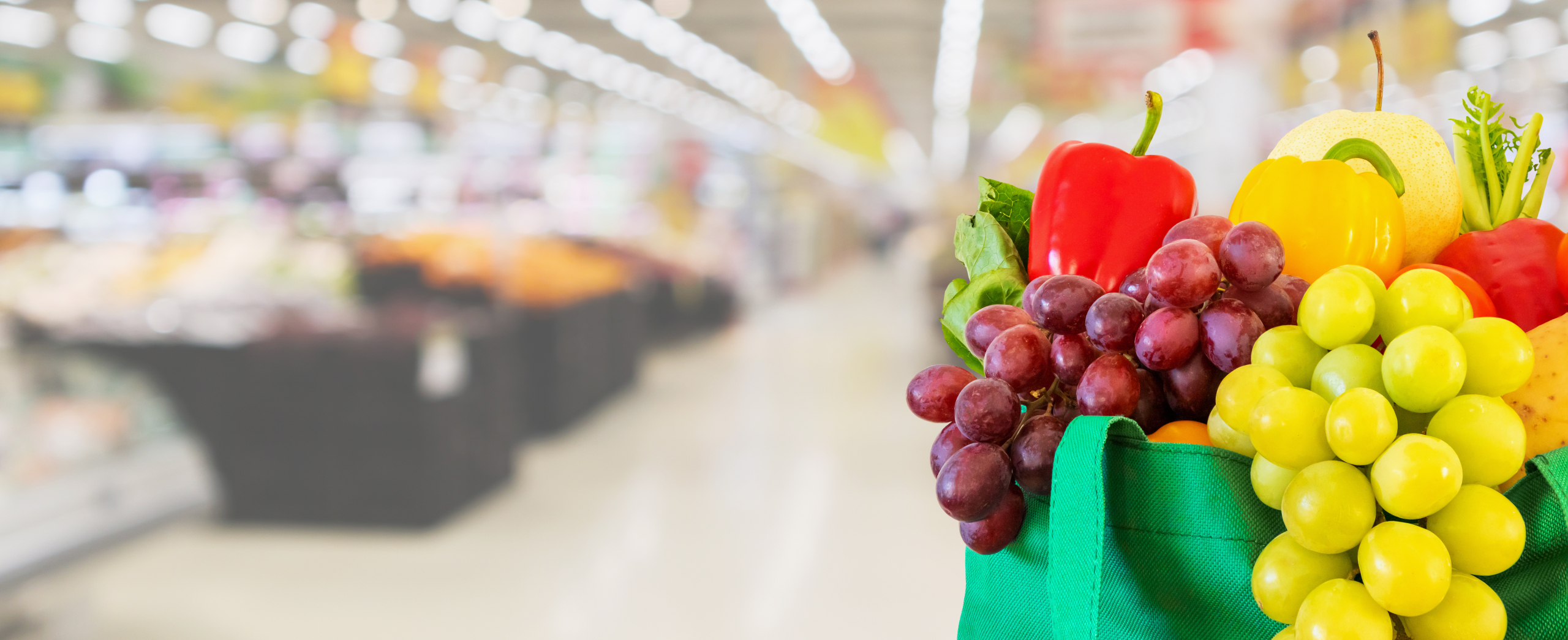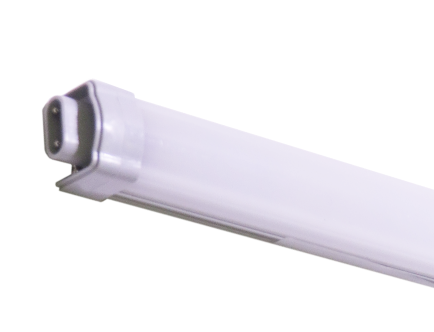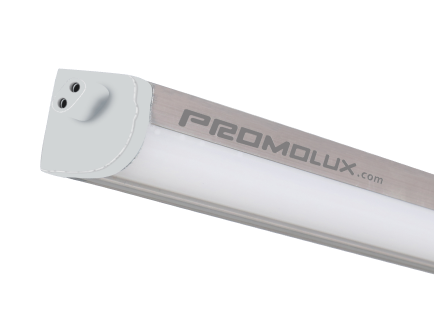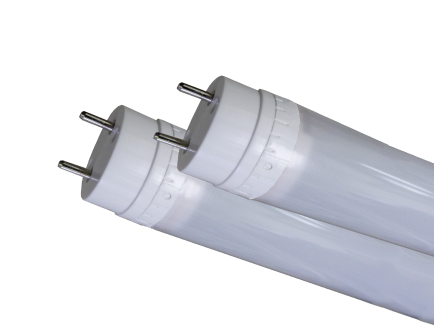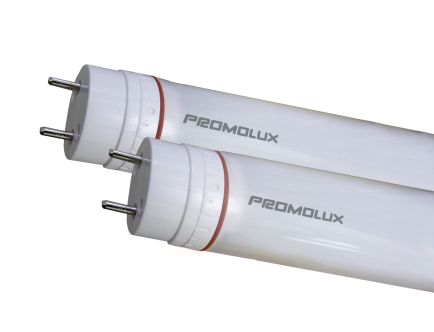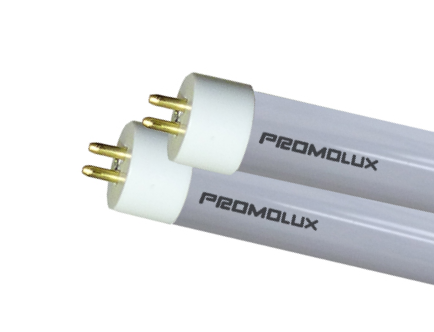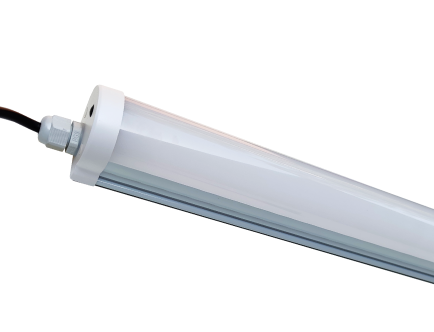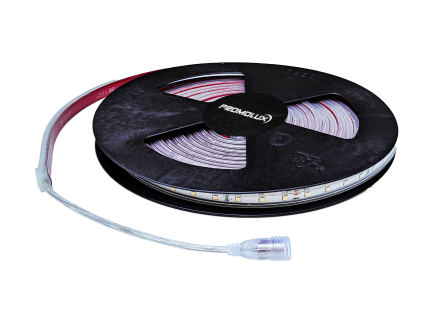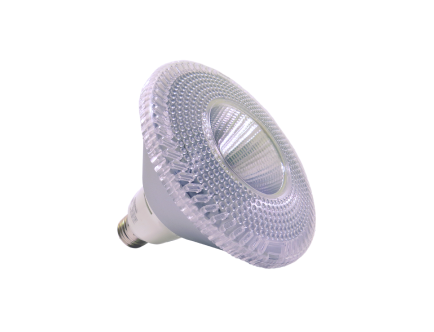Safe Spectrum Lighting
Safe Display Case Lighting
Safe Spectrum, by Promolux Lighting International, represents the culmination of thirty-plus years of lighting design and research for the advancement of food-safe lighting for the food retail industry.
Years of research by renowned international food science laboratories, universities and dozens of field trials has lead to engineering of a food specific light source that is safe to use in all types of fresh food display cases.
Science and research have proven that foods break down at a chemical and cellular level when exposed to varying levels of radition both in the form of heat and light (visible and non-visible radiation).
Food Safe Technology
Promolux LEDs
The mindset that, “an LED is an LED is an LED” is one of the most critical mistakes made in the retail industry; the LED that’s in the ceiling should NEVER be used to merchandise the product you’re trying to sell!
LEDs, by nature, do not emit UVA or UVB radiation so it is often mistakenly assumed that they will not discolor or degrade perishable food. However, in real situations in supermarkets and grocery stores, LEDs continue to negatively affect fresh food.
There are portions of visible spectrum (between 500nm-630nm) that, when in close proximity to food, cause photochemical reactions leading to discoloration and degradation. And high power LEDs and LEDs with poor thermal management cause surface heating causing food to dehydrate and dry out.
Promolux eliminates those portions of visible spectrum known to damage fresh food, in most instances increasing shelf life 1-3 days. Promolux LEDs are designed using low power chip technology and superior thermal management making them the safest, most cost effective and sustainable LED for food merchandising and displays.
Years of research, development, and testing – and our dedication to understanding the impact that lighting has on specific foods, have made Promolux pioneers in the display lighting field. Promolux has learned from retailers, lighting specialists and food science specialists – and has turned that knowledge into the best merchandising LED available on the market today!
Increased Food Safety
Lower surface temperatures lead to reduced pathogen growth
Superior Merchandising
Balancing of the lamps spectrum provides unparalleled color presentation for retail food displays
Improved Shelf Life & Quality
Nutritional integrity, natural juices and moisture content and flavor are sustained
Promolux Chip on Board Technology (COB)
In 2009 Promolux began a partnership with major first tier chip manufacturers and packagers in order to achieve the highest quality and efficiency in LED lighting solutions. Chip On Board (COB) technology for linear LEDs, and now PAR LEDs is one of the most significant developments.
Chip on board directly mounts semiconductors on high quality printed circuit boards so that even in very small spaces, high packaging densities are achieved. The result is a powerful and long lasting LED.
Using COB solutions, Promolux LEDs achieve maximum power density and optimal thermal management – which is critically important when LEDs are in close proximity to fresh food and other perishable merchandise.
In addition to these benefits, Promolux’s COB technology reduces shadows and hot spots that are often seen on regular LEDS, and delivers more homogeneous illumination – maximizing the visual appearance of merchandise!
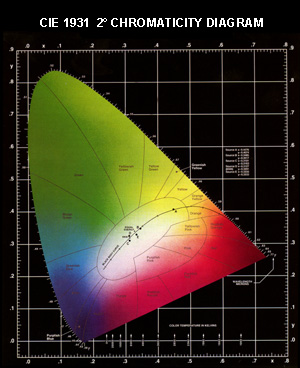
Prevent Food Surface Heating
Custom Colors by Promolux
For over 30 years Promolux has been recognized as the pioneer of specialty custom color lighting solutions. Beginning with fluorescent lamps in 1982, and moving into LED technology in 2009, Promolux sets the standard for merchandising where true and accurate color is essential.
Continuous research and development and partnerships with major universities around the world, give Promolux the distinct advantage of creating the best color definition LEDs for displaying food and other color critical merchandise in any retail application.
Promolux LEDs have the most precise color definition and highest quality chips. Unlike LEDs that use multi-color chips where some colors degrade faster than others, creating a shift in color in a short time frame, the Promolux technology ensures the LED chips maintain their original color over time.
Our customers include many top national and international retailers and supermarket chains because, in an industry where purchase decisions are often made based on the quality and attractiveness of products, they understand the value that using Promolux LEDs brings to their merchandising programs.
Reports and Studies on the Effects of Promolux Lighting
![]() EFFECTS OF PROMOLUX PLATINUM ON SHELF LIFE
EFFECTS OF PROMOLUX PLATINUM ON SHELF LIFE
OF GROUND BEEF PATTIES
Santini, W. Tangkham, and F. M. LeMieux
Department of Agricultural Sciences, McNeese State University of Lake Charles,
LA 70609, USA
Djamel Djenane, Amida Sanchez, Jose Antonio Beltran and Pedro Roncales
Dept of Animal Production and Food Science, Laboratory of Food Technology,
Faculty of Veterinary Science. University of Zaragoza. , SPAIN
How can we help you?
To learn more about Promolux lighting, including our volume pricing options, or to find a distributor in your area, please call, email, or follow the link to fill in the contact form. A member of our team will be in touch with you as soon as possible.
Toll Free (North America): 1-800-519-1222
Phone: 1-250-743-1222
Email: info@promolux.com
